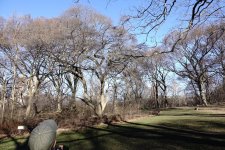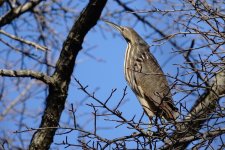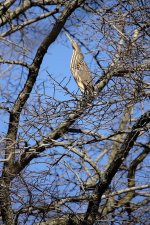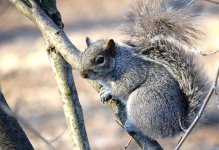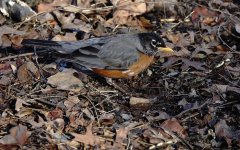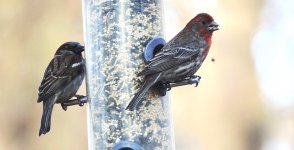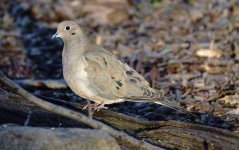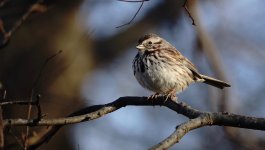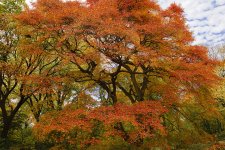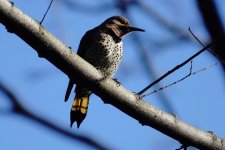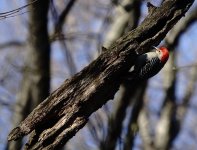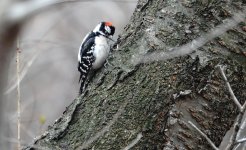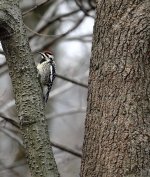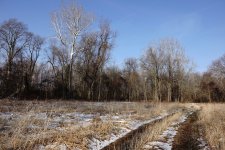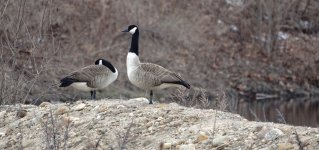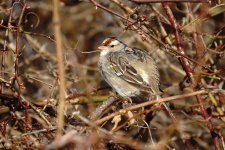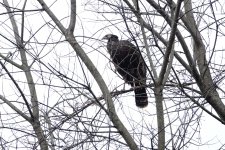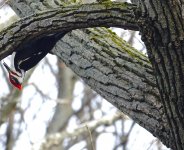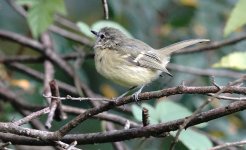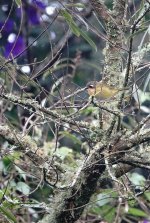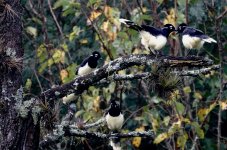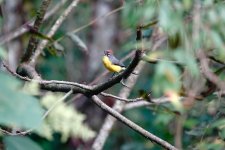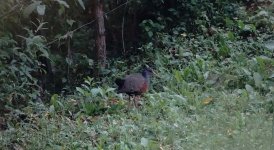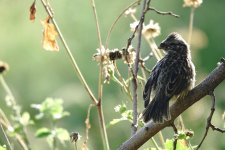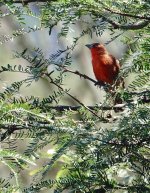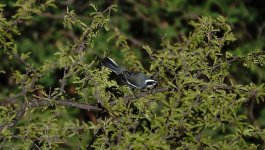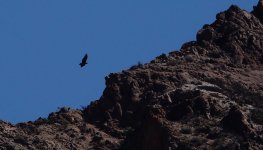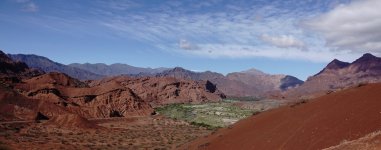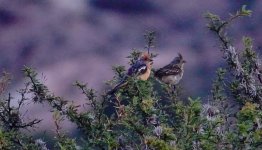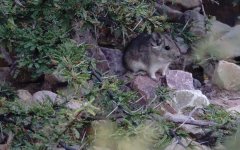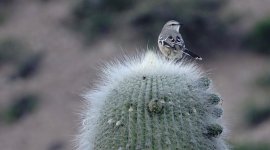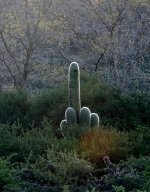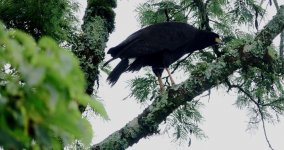MKinHK
Mike Kilburn

This trip report covers a three week trip which will be split into three parts. the first part - New York City for three days over Easter weekend is done. Then I'll be in what turns out to be a heavily snowy Connecticut for three days, and then the big highlight - a little over two weeks in Argentina.
Saturday morning broke absolutely perfectly - about 4 degrees, a cloudless blue sky and no wind making for perfect birding conditions and successfully negotiating the subway up to 77th Street I headed over to Central Park at about 0715. This was just my second visit to the East Coast after a trip at almost exactly the same period in 2010, when I spent a week in Washington D.C., so please feel free to let me know of an y misidentifications.
The best gen I could find online suggested the Ramble - an area in the lower centre of the park as being the best spot for birding. I was especially keen to try it as an American Bittern had been reported sitting in a bare tree the day before - and that is exactly what I found! For someone used to Eurasian Bittern being a black belt level lurker it was absolutely extraordinary to see this bird perched in the upper branches of a large leafless oak tree with a background of a clear blue sky and the occasional high rise building. In fact the bittern was so cool its worth a post of its own - I'll post separately on the other birds I saw here.
Cheers
Mike
Saturday morning broke absolutely perfectly - about 4 degrees, a cloudless blue sky and no wind making for perfect birding conditions and successfully negotiating the subway up to 77th Street I headed over to Central Park at about 0715. This was just my second visit to the East Coast after a trip at almost exactly the same period in 2010, when I spent a week in Washington D.C., so please feel free to let me know of an y misidentifications.
The best gen I could find online suggested the Ramble - an area in the lower centre of the park as being the best spot for birding. I was especially keen to try it as an American Bittern had been reported sitting in a bare tree the day before - and that is exactly what I found! For someone used to Eurasian Bittern being a black belt level lurker it was absolutely extraordinary to see this bird perched in the upper branches of a large leafless oak tree with a background of a clear blue sky and the occasional high rise building. In fact the bittern was so cool its worth a post of its own - I'll post separately on the other birds I saw here.
Cheers
Mike
Attachments
Last edited:




